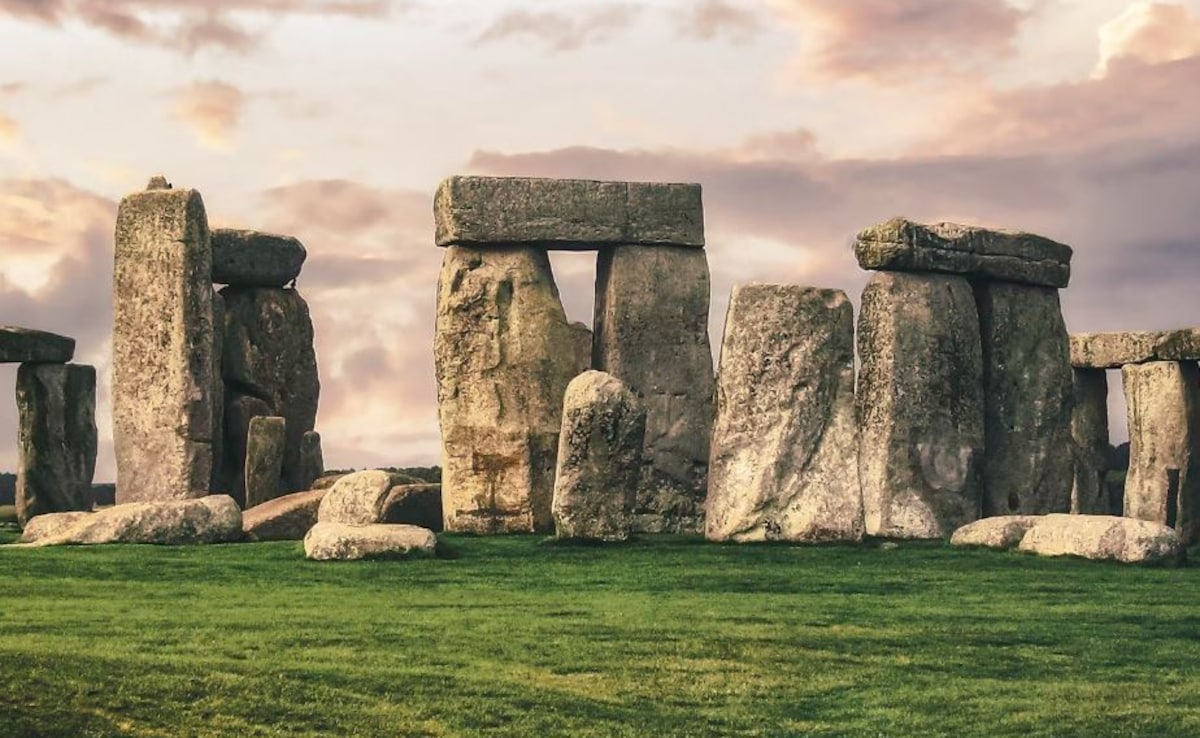Groundbreaking Research Sheds Light on the Ancient Monument’s Role in Unifying Britain
Stonehenge, the iconic prehistoric monument located in Wiltshire, England, has fascinated historians and archaeologists for centuries. Recent research published in the journal Archaeology International has provided compelling insights into why this enormous stone structure was built, suggesting it played a crucial role in unifying ancient Britain during a period of cultural collaboration and identity formation. Constructed in phases between 3100 and 1600 BC, the grandeur of Stonehenge marks it as a significant sociopolitical landmark, handed down from our Neolithic ancestors who traveled great distances to contribute to this architectural marvel.
The study indicates that groups from Scotland and Wales transported their local stones to Wiltshire in what can be interpreted as not just a construction effort, but a symbolic act of unity. The researchers assert that this endeavor was crucial in establishing political and cultural identity across different regions, indicating a desire for a shared connection among communities that were previously distinct. As a hub for social gatherings, it also served as a testament to ancient people’s connectivity and collaborative spirit.
Key Insights from the Study
According to the lead author of the study, Mike Parker Pearson, the findings emphasize the profound significance of Stonehenge for people not only in its vicinity but also across a much broader British landscape. The collaborative efforts involved in moving the massive stones from as far as northeast Scotland to southern England suggest that ancient communities fostered a strong sense of inter-regional relationships. This act of ‘bringing together extraordinary and alien rocks’ symbolized the confluence of diverse yet similar cultures, reflecting a desire for unity in the face of change.
The research dives into the logistics of transporting these monumental stones, emphasizing that the journey could have taken as long as eight months, showcasing the determination of these Neolithic builders. The complexity of this effort hints at the value placed on this site; it was not merely a construction site but potentially a gathering place for various tribes and communities. The ability to move such immense stones hints at an advanced understanding of cooperation, engineering, and social organization among the people of Britain during this epoch.
Additionally, it is noteworthy that Stonehenge might have served multiple purposes, including a religious temple, a burial ground, and a solar calendar. As per the report by CNN, the site drew thousands of visitors, especially during winter months, for communal feasts and ancient celebrations, further solidifying its role in the cultural and spiritual life of the Neolithic population.
Stonehenge: More than Just a Gathering Place
The study’s revelations paint a picture of Stonehenge as a multifaceted site that functioned on various levels within its community. Apart from its political and cultural significance, it served as a ceremonial hub where Neolithic people gathered, exchanged goods, and socialized. It is intriguing to consider how this ancient monument facilitated interaction among people from different regions and ethnic backgrounds, symbolizing a bridge between diverse cultures at a time when such connections were sparse.
Moreover, the research poses questions about the relationship between the monumental architecture and the spirituality of ancient societies. The act of gathering local stones from distant lands not only emphasizes physical labor but also digs deeper into shared beliefs in spirituality, nature, and the cosmos. Many scholars have speculated that the structure may have been aligned with astronomical events, including solstices and equinoxes, adding a further layer of complexity to its purpose.
As the study expounds upon cultural similarities between various regions, it becomes apparent that Stonehenge may have acted as a focal point, uniting communities through shared spiritual and social endeavors. It is a remarkable assertion that the people who erected this edifice were not merely space-filling strangers, but rather a tapestry of connected lives who collectively brought meaning to the monument.
The Lasting Legacy of Stonehenge
The resonance of Stonehenge’s purpose continues to evolve as modern researchers piece together the fragments of the past. It transcends mere architectural achievement; it is a testament to human cooperation, cultural identity, and the quest for meaning in the ancient world. Our ongoing studies into this UNESCO World Heritage site opens up avenues for understanding our ancestors, their beliefs, and their intricate relationships with one another.
Moreover, ongoing tourism and interest surrounding Stonehenge provide a contemporary lens through which we can explore our history and heritage. The monument remains an indelible part of British culture, drawing millions of visitors each year, who come not only to marvel at the stones but also to appreciate their historical and emotional significance. For those interested in delving deeper into the enigmatic features of Stonehenge, additional resources can be found through links discussing Stonehenge’s historical context and cultural impact from BBC Culture.
In combining the past’s tangible achievements with the modern understanding of community and identity, we find that Stonehenge was much more than a solitary monument. It served as a bridge connecting disparate cultures in a time before kingdoms, inviting discussions about cooperation, spirituality, and humanity that resonate even today. As we continue to explore its origins and purpose, Stonehenge remains not just an architectural wonder but a beacon of our shared human experience.


